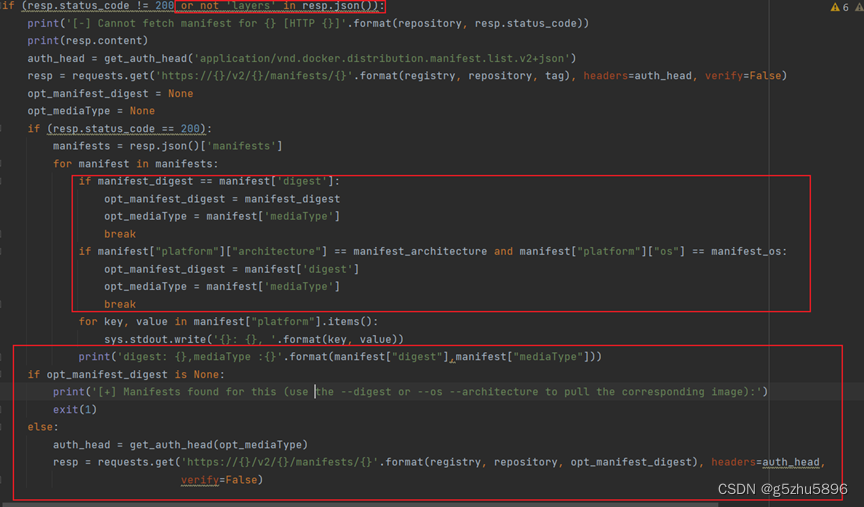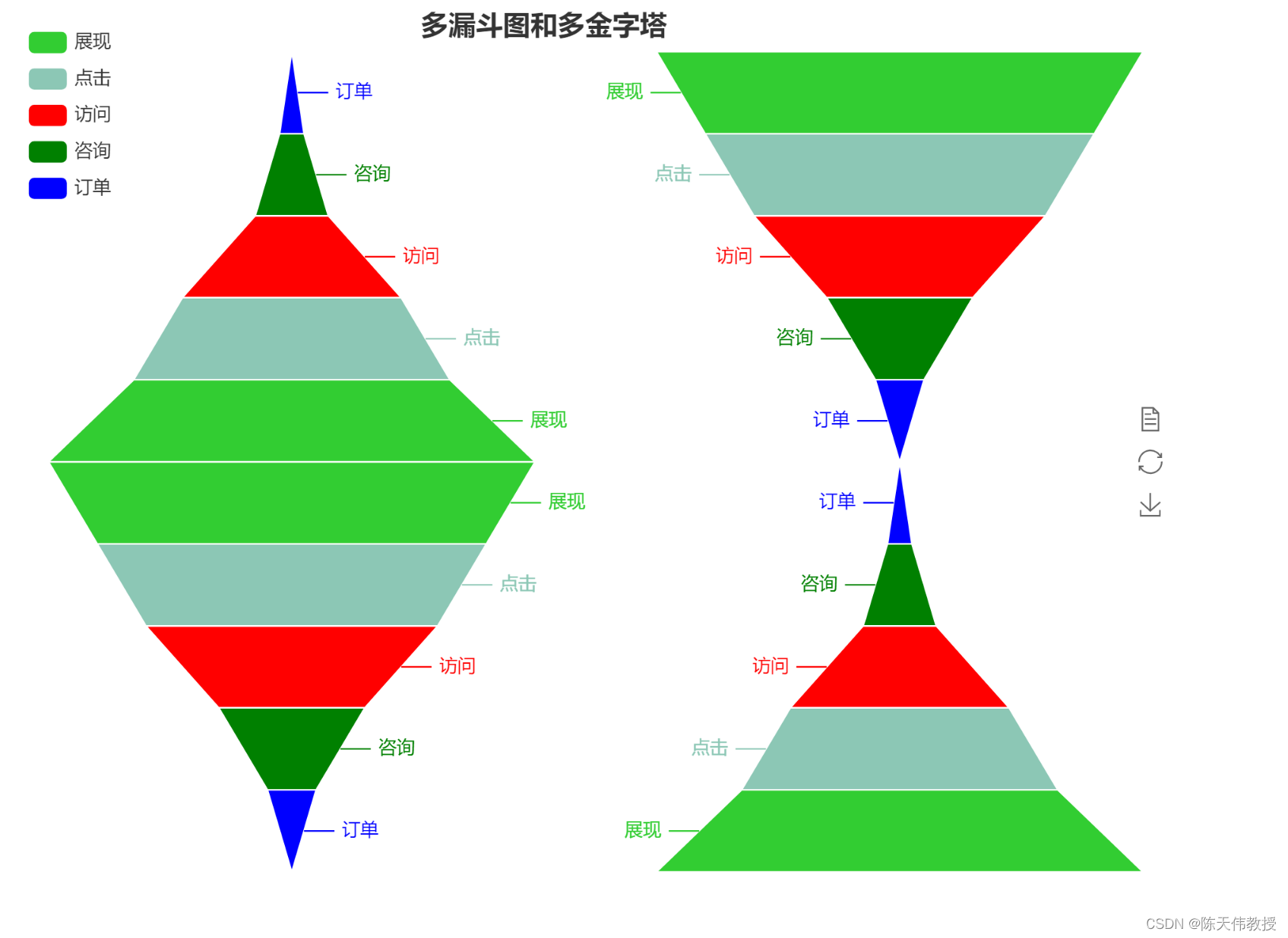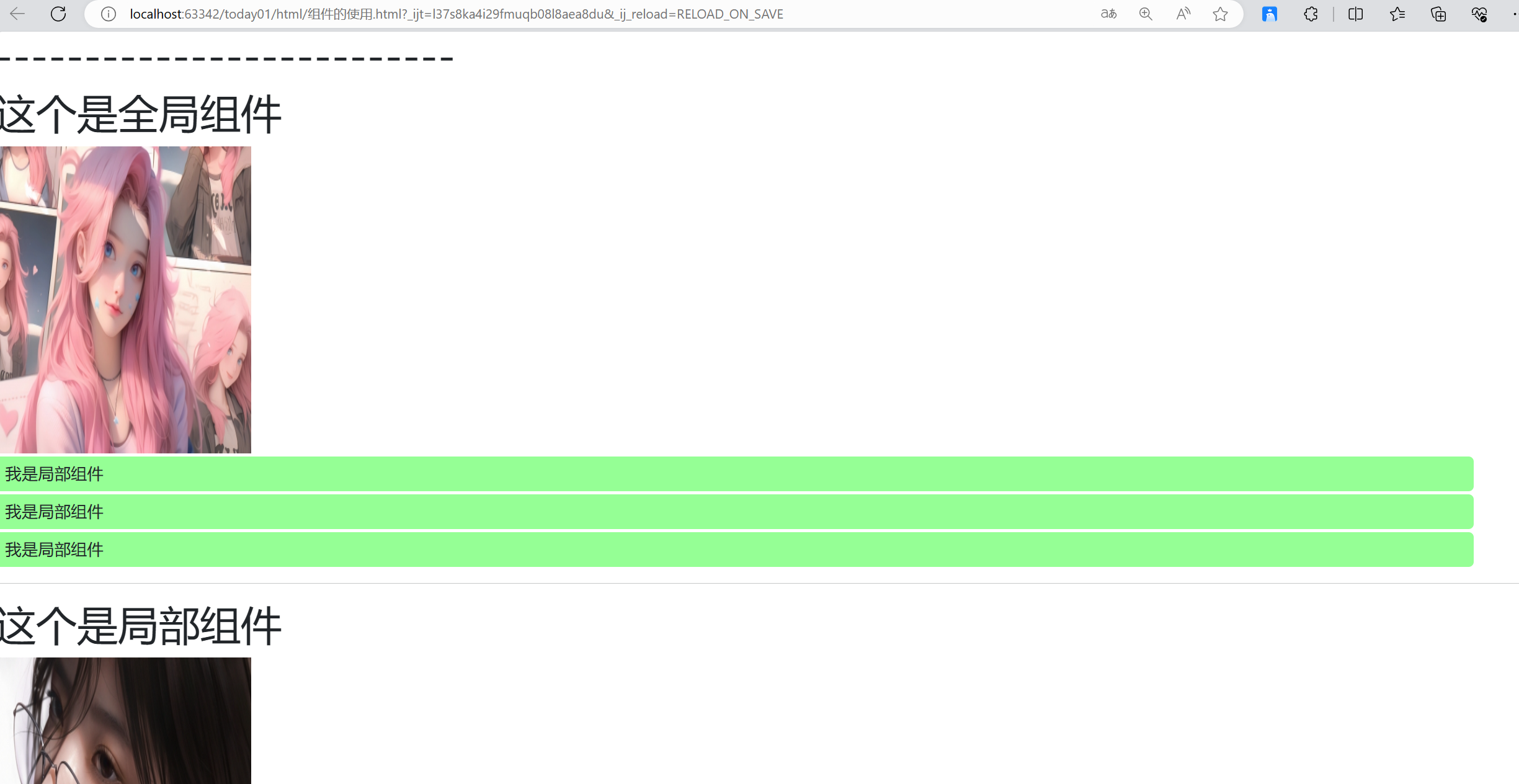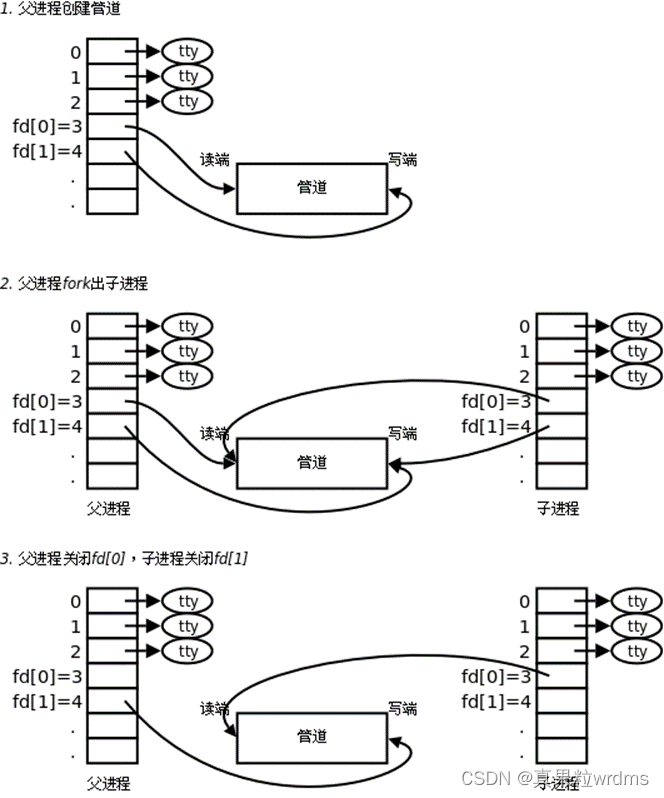使用python实现炫酷的渐变色
- 1、前言
- 2、所需条件
- 3、实现步骤
- 步骤1:定义渐变函数
- 步骤2:将渐变应用于目标颜色
- 步骤3:定义参数并执行
- 4、完整代码
- 5、总结
1、前言
通过应用颜色渐变,可以大大提升图像的视觉效果。在这篇博客中,我们将演示如何使用Python和PIL库将水平渐变应用于与目标颜色匹配的图像。
初始图片

经过渐变色效果

2、所需条件
要跟随本教程,您需要:
- 在您的机器上安装Python。
- 安装PIL(Pillow)库,可以使用命令 pip install pillow 进行安装。
3、实现步骤
步骤1:定义渐变函数
首先,我们需要一个函数来生成两个指定颜色之间的渐变颜色。此函数将接收起始颜色、结束颜色以及渐变步骤(或图像宽度)来生成渐变。
from PIL import Image
def gradient_color(start_color, end_color, steps):
"""
生成从start_color到end_color之间的渐变颜色。
"""
# 将RGB颜色转换为浮点数
start_color = [float(c) for c in start_color]
end_color = [float(c) for c in end_color]
# 计算每个通道的颜色步长
step_size = [(end - start) / steps for start, end in zip(start_color, end_color)]
# 生成渐变颜色
gradient = []
for i in range(steps):
color = [int(start + step * i) for start, step in zip(start_color, step_size)]
gradient.append(tuple(color))
return gradient
步骤2:将渐变应用于目标颜色
接下来,我们将编写一个函数,将生成的渐变应用于图像。该函数将更改在指定容差内与目标颜色匹配的像素的颜色。
def apply_gradient_to_specific_color(image_path, target_color, tolerance, start_color, end_color):
"""
将水平渐变从start_color到end_color应用于与target_color匹配的像素。
"""
# 打开图像
image = Image.open(image_path)
# 转换图像为RGB模式
image = image.convert('RGB')
# 获取图像尺寸
width, height = image.size
# 根据宽度生成渐变颜色
gradient_colors = gradient_color(start_color, end_color, width)
# 创建一个新的空白图像以应用渐变
gradient_image = Image.new('RGB', (width, height))
# 根据像素的x位置将渐变颜色应用于与目标颜色匹配的像素
pixels = gradient_image.load()
original_pixels = image.load()
for y in range(height):
for x in range(width):
original_pixel = original_pixels[x, y]
# 检查原始像素颜色是否在目标颜色的容差范围内
if all(abs(original_pixel[channel] - target_color[channel]) <= tolerance for channel in range(3)):
color = gradient_colors[x]
else:
color = original_pixel
pixels[x, y] = color
return gradient_image
步骤3:定义参数并执行
现在,我们可以定义目标颜色、容差、渐变的起始和结束颜色,并将我们的函数应用于图像
在这里插入代码片# 定义目标颜色、容差和渐变颜色
target_color = (0, 0, 0) # 黑色
tolerance = 50
start_color = (100, 100, 100) # 渐变起始颜色
end_color = (200, 200, 200) # 渐变结束颜色
# 将渐变应用于图像
result_image = apply_gradient_to_specific_color("input_image.jpg", target_color, tolerance, start_color, end_color)
result_image.save("output_image.jpg")
4、完整代码
from PIL import Image
def gradient_color(start_color, end_color, steps):
"""
Generate a gradient of colors between start_color and end_color.
"""
# Convert RGB colors to floating point
start_color = [float(c) for c in start_color]
end_color = [float(c) for c in end_color]
# Calculate color step size for each channel
step_size = [(end - start) / steps for start, end in zip(start_color, end_color)]
# Generate gradient colors
gradient = []
for i in range(steps):
color = [int(start + step * i) for start, step in zip(start_color, step_size)]
gradient.append(tuple(color))
return gradient
def apply_gradient_to_specific_color(image_path, target_color, tolerance, start_color, end_color):
"""
Apply a horizontal gradient from start_color to end_color to pixels matching the target_color.
"""
# Open image
image = Image.open(image_path)
# Convert image to RGB
image = image.convert('RGB')
# Get image size
width, height = image.size
# Generate gradient colors based on width
gradient_colors = gradient_color(start_color, end_color, width)
# Create a new blank image to apply gradient
gradient_image = Image.new('RGB', (width, height))
# Apply gradient color to each pixel based on its x position if it matches the target color
pixels = gradient_image.load()
original_pixels = image.load()
for y in range(height):
for x in range(width):
original_pixel = original_pixels[x, y]
# Check if the original pixel color is within the tolerance range of the target color
if all(abs(original_pixel[channel] - target_color[channel]) <= tolerance for channel in range(3)):
color = gradient_colors[x]
else:
color = original_pixel
pixels[x, y] = color
return gradient_image
# Define target color, tolerance, and gradient colors
target_color = (0, 0, 0) # White
tolerance = 50
start_color = (100, 100, 100) # Red
end_color = (200, 200, 200) # Blue
# Apply gradient to image
result_image = apply_gradient_to_specific_color("input_image.jpg", target_color, tolerance, start_color, end_color)
result_image.save("output_2.jpg")
5、总结
在这篇博客中,我们演示了如何使用Python和PIL库将水平渐变应用于图像中的特定颜色。欢迎您尝试使用不同的目标颜色、渐变和容差值,以实现您在图像上的理想效果。编程愉快!



















